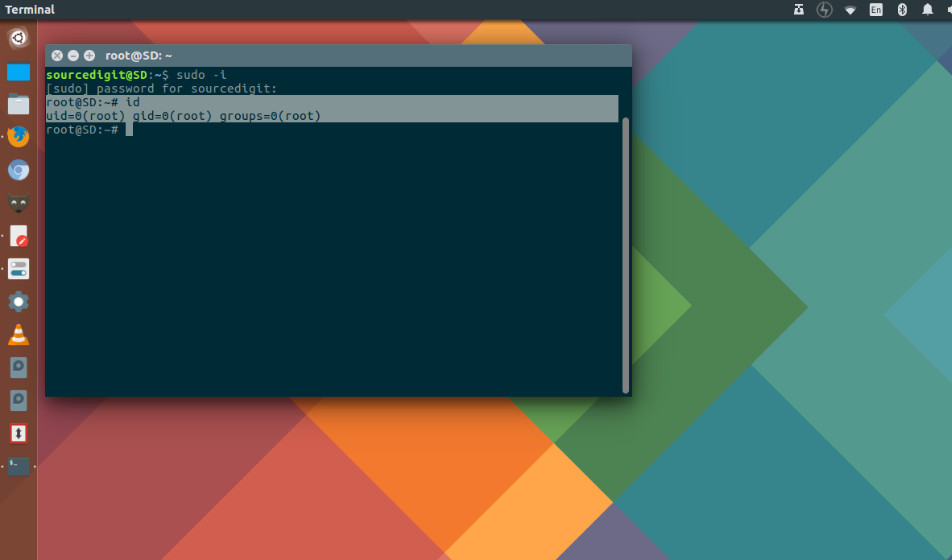Learn how to open terminal as administrator in Ubuntu. If you are looking for how to make user superuser in Ubuntu, you can open terminal as root in Ubuntu.
Using Sudo Command
sudo allows a permitted user to execute a command as the superuser or another user, as specified by the security policy.
Users can use “sudo” command to run terminal as administrator in ubuntu. Simply type sudo before the rest of your command. The command “sudo” stands for “substitute user do.” When a user executes sudo to the beginning of a command, the command runs as root. Note that you will be prompted to enter your password before sudo runs the command.
Users can also use “gksudo” before running a command that. It is for a program with a Graphical User Interface (GUI). In Linux Ubuntu, for security reasons, using “sudo” is not recommended to open GUI applications.


Using Sudo Command Run Terminal as Root in Ubuntu
Users can use Sudo command to tun terminal as root in Ubuntu. Use the sudo -i command. Open Terminal and type “sudo -i” command as follows:
$ sudo -i
The sudo -i command command will give you superuser access with root’s environment variables. Once executed, the prompt will change from $ to #, indicating you have root access.
Once you are done with the root commands execution, exit the root prompt by typing the exit command:
# exit
-i or –login is used to run the shell specified by the target user’s password database entry as a login shell. This means that login-specific resource files such as .profile or .login will be read by the shell.
